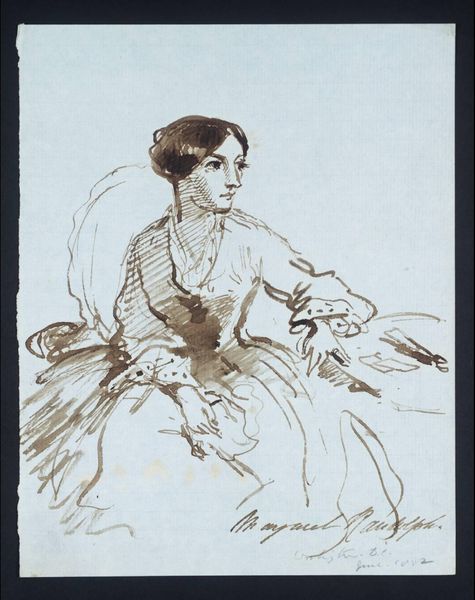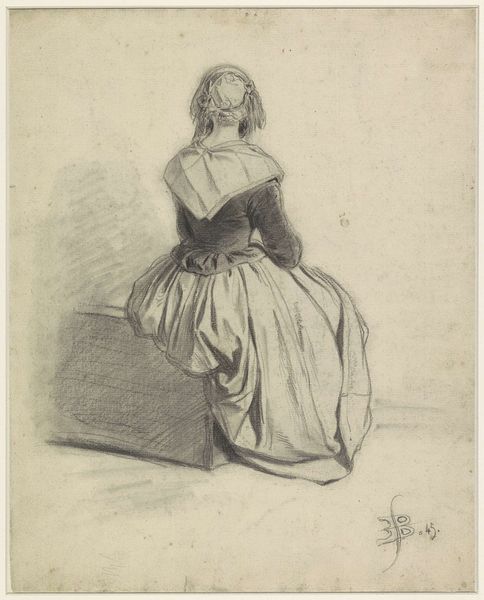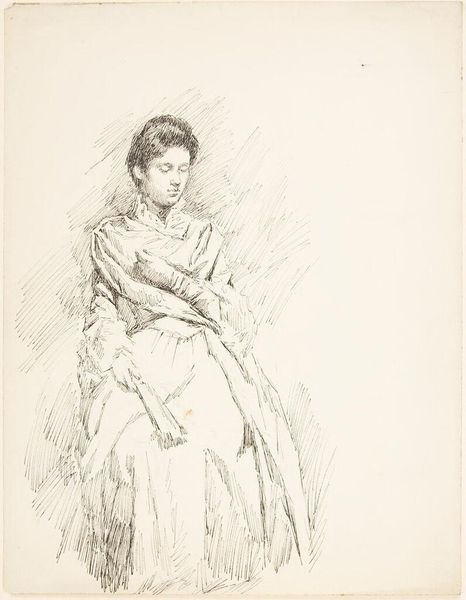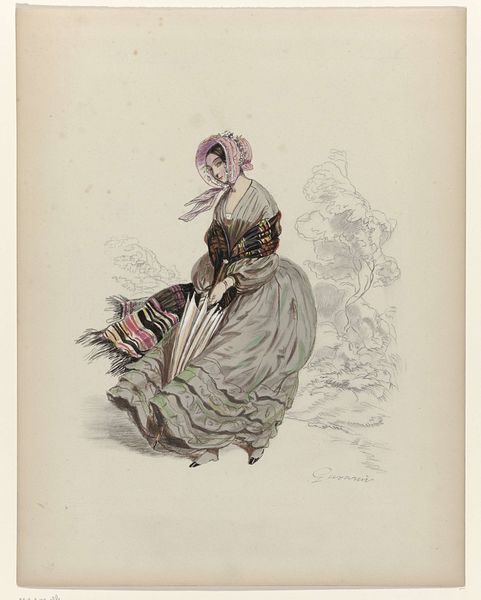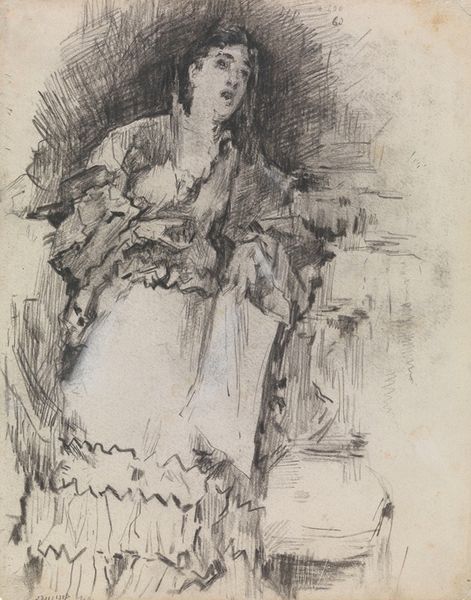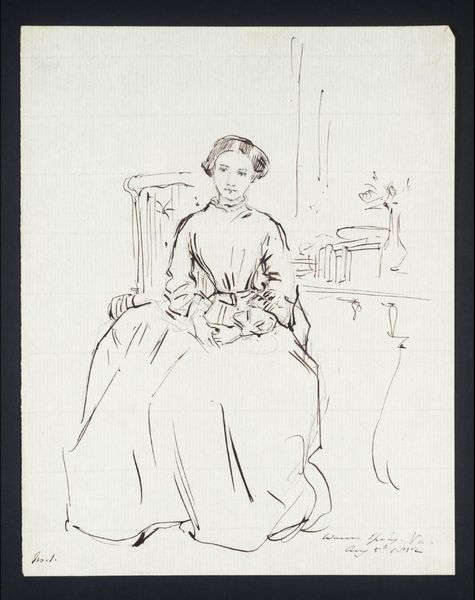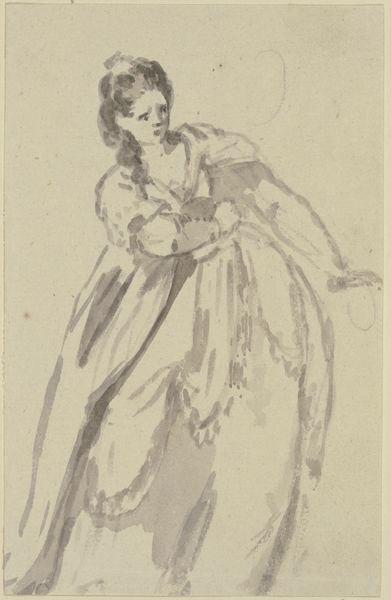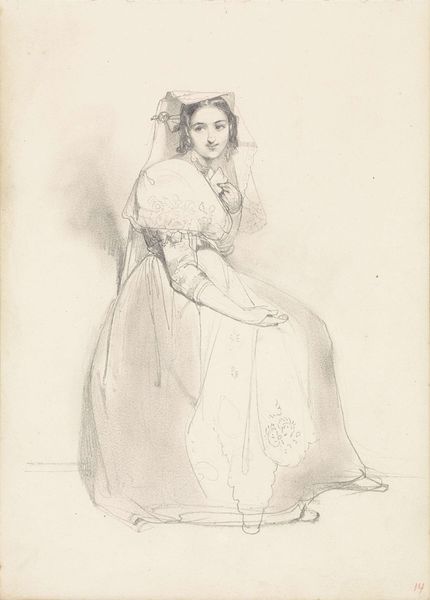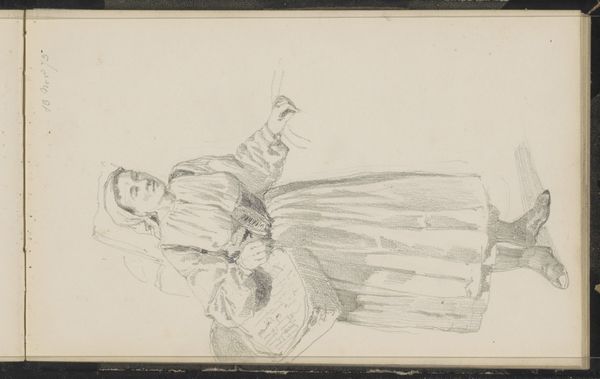
drawing, paper, watercolor, pencil
#
portrait
#
drawing
#
figuration
#
paper
#
oil painting
#
watercolor
#
romanticism
#
pencil
#
history-painting
#
watercolor
Copyright: Public domain
Editor: So, this is Eugène Delacroix's "Study for the painting Women of Algiers," created around 1834, using pencil, watercolor, and oil on paper. It has a very dreamlike quality...almost melancholic. What do you see in this piece? Curator: I see the weight of orientalism bearing down upon the artist. The symbols – the clothing, the jewels sketched separately – these aren't simply decorative. Delacroix seeks to capture something 'other,' something removed. But consider, what memories, what expectations is he layering onto these figures? Editor: That's interesting. So, it's not just about the aesthetic, but what those elements *represent* to Delacroix and, by extension, his audience? Curator: Precisely. Each object holds a cultural weight, an echo of assumptions about the "Orient". What is being exoticized? Consider those jewels. They become stand-ins for untold stories, romanticized ideas of wealth and sensuality. Are these real objects, or projections? Editor: It seems like Delacroix is imposing his own narrative onto these women. Does this reveal more about French society than Algerian culture? Curator: Absolutely. The image becomes a mirror reflecting the desires and fantasies of its time. It’s also worth considering his position as an outsider, briefly gaining access to this private world. The gaze itself is a loaded symbol, colored by privilege. Does this contribute to the ‘melancholic’ mood you identified initially? Editor: Definitely! Seeing the layers of meaning – the cultural baggage – makes me see it differently. It's not just a beautiful drawing; it's a window into a complex history. Curator: And that complexity, that tension, is what gives the image its enduring power, I think. A testament to the way visual symbols hold both memory and myth.
Comments
No comments
Be the first to comment and join the conversation on the ultimate creative platform.
